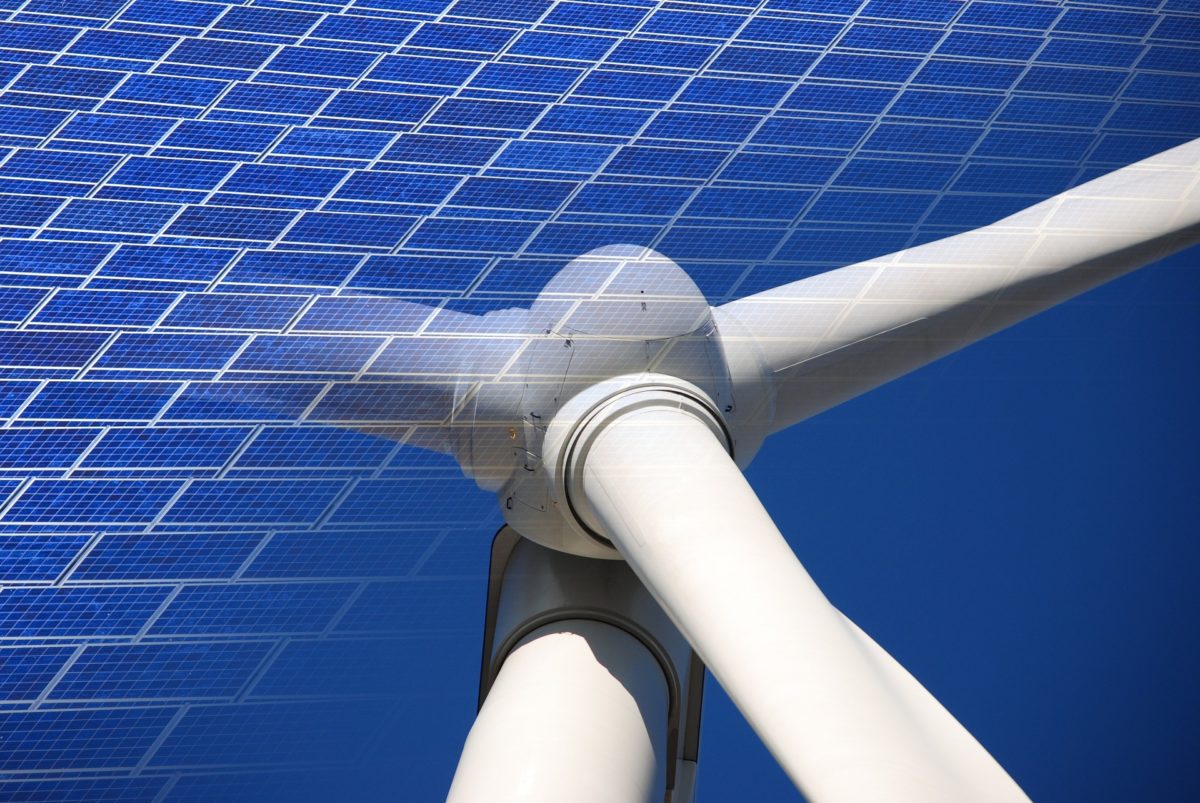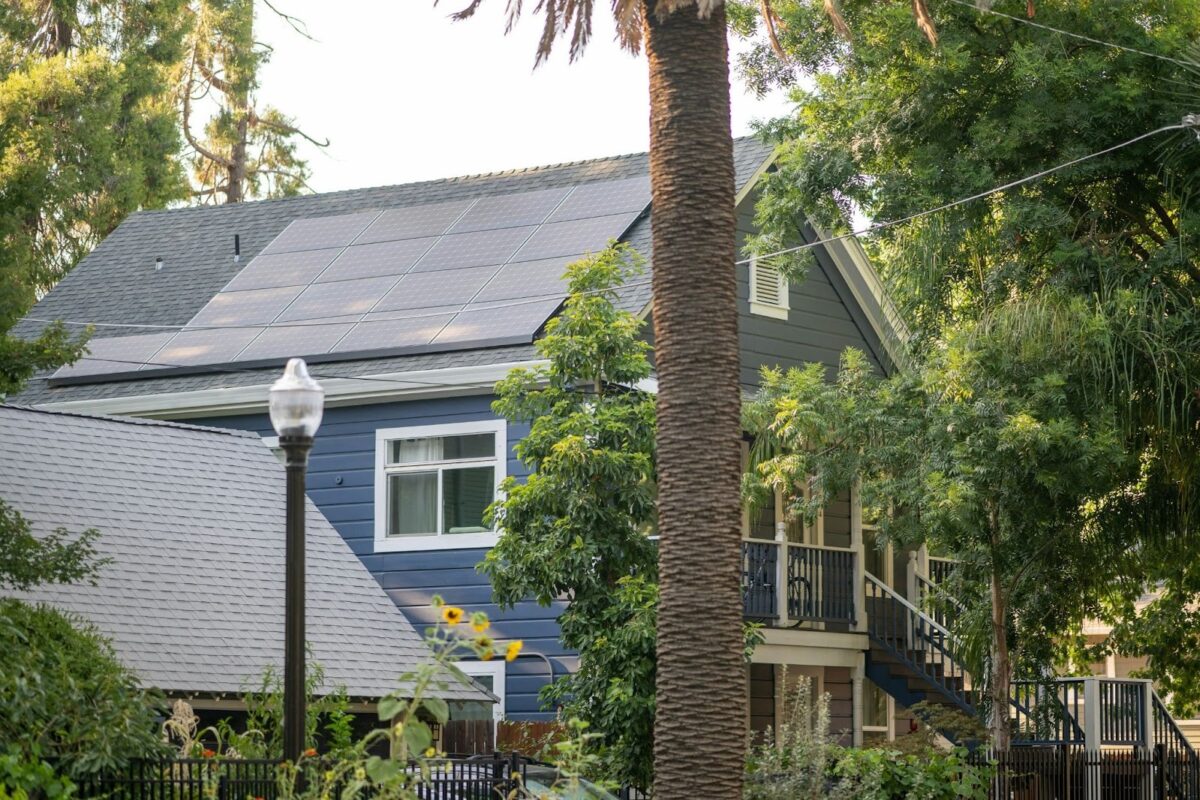Power curtailment is often viewed as a limiting factor of renewable energy, as intermittent cycles of generation can lead to excess electricity on the grid during peak production. Curtailment is the deliberate reduction in output that otherwise could have been produced, and typically occurs when supply exceeds demand.
The California Independent System Operator (CAISO) curtailed 1.5 million MWh of utility-scale solar in 2020, representing 5% of total production, according to the Energy Information Administration (EIA). Solar is by far the most dominant source of energy that undergoes curtailment in the state. EIA said 94% of power curtailments in 2020 involved solar energy.
While curtailment is often viewed as a bad thing, the National Renewable Energy Laboratory (NREL) said based on its research and modeling of the grid of the future, it may be time to reframe our thinking about power curtailment.
“(Curtailment) can happen not just in cases of oversupply but also when there’s a lack of system flexibility, which could mean congested transmission lines, other power plants being unable to reduce their output safely or economically, or other constraints,” said Kerrin Jeromin, NREL correspondent in a video on the subject.
“Think about it like buying a cable package for your TV—or a subscription to any of the streaming services out there. Buying that package knowing you can’t possibly watch all of the thousands of programs available to you isn’t all that different from building more renewable power plants, knowing we won’t always be able to use all the energy they produce. The point is, you have it for the shows you can’t miss, and the package gets you the best value in the end. We’re going to need a lot of wind and solar in a super-high-renewable future. And the best strategy might be to max out our renewable energy “package,” so we have enough power when we really need it, and get comfortable with curtailing some of it sometimes, to maximize its value at other moments.” National Renewable Energy Laboratory
Power curtailment is nothing new, as the grid has always had more power plants than are used. It is essential to reserve backup power for times of peak demand to keep the lights on. Currently, solar energy is serving that role in Texas, where fossil fuels are struggling to meet demand during summer heat peaks.
Curtailment comes with a particularly negative connotation because it represents lost opportunity. But as the cost of grid-scale renewables continues to decline, so does the cost of that lost opportunity.
“Curtailed electricity can be used to help make the grid more flexible and reliable, making these solar and wind systems more valuable in the end. It’s happening today: Xcel Energy can actively curtail wind generation to support reliability in its US power systems. And First Solar’s large-scale PV plant in Chile uses curtailment as a tool to help the grid respond to changing system needs, letting grid operators turn the system’s output up and down as needed,” said Jeromin.
NREL concluded that creating regulations that discourage curtailment could create barriers for renewable energy buildout, thereby limiting the many benefits it can offer.
This content is protected by copyright and may not be reused. If you want to cooperate with us and would like to reuse some of our content, please contact: editors@pv-magazine.com.









This is a great article. While the CPUC says that curtailment losses must be passed onto rooftop solar customers as fees or taxes on the Sun, this article says that “The California Independent System Operator (CAISO) curtailed 1.5 million MWh of utility-scale solar in 2020, representing 5% of total production, according to the Energy Information Administration”.
I have two 8,000-watt solar systems on my home. One going to the grid or “On-Grid” and the other going to batteries and then going directly to my home or “Off-Grid”. The off-grid system charges batteries and later in the day, the charge controllers, that modulate the power going to the batteries “Curtail” the solar panel output and switch to “Pulse modulation” to top off the batteries at a reduced output. So even off grid systems use curtailment to protect and enhance the battery investment giving longer life to the batteries.
. If grid tied systems, like my Tesla Solar Glass Roof, cannot provide some the power as “usable power” because of curtailment, then whatever the system wide curtailment is, in this case 5%, the value of the energy, produced by the rooftop homeowner, should also be discounted by 5% that use the power grid as their battery, at true up each year. As more solar is installed on the system and curtailment rises to say 15%, then the power provided over and above what a home uses should also be discount by 15%. If energy storage soaks up the excess power, curtailment will be modulated into the storage and relied on when needed and there will be far less loses. Under the CPUC NEM-3.0, they wanted to discount the value of roof top home solar by 80% on all new rooftop solar even though the utilities could sell 95% of the energy produced at retail to other customers even with the 5% curtailment.
On my off-grid solar panel plus battery system, the more battery storage I build into it, the less curtailment is needed by my charge controllers so let the same thing happen with the on-grid excess solar power. Build in more storage or energy conversion to hydrogen so the energy can be released at peak times rather than start up Peaker Plants running on fossil fuels for short periods of time. Curtailment may be good; but storage and release would be better.
Clearly big oil has done a great job at using propaganda to paint curtailment as a bad thing. It is only a bad thing because it lowers the price of energy. Supply and demand. The more energy we store the cheaper it will be for the consumer. Curtailment intends to keep supply as low as possible while maintaining the grid. If we instead scaled up power storage we would see energy prices take a downward trajectory over time eventually leading to the lowest electricity costs in our history. But that is bad for investors. I am currently building my own solar power grid at home and as long as we have storage remaining we never have to curtail input.
Curtailment, when oil or gas fired plants are being used, just shuts down the burners and stops export but the Wokers keep getting paid, maintenance costs still are accrued and contracts with utilities maintain a fixed output, so hydro, wind and solar get cut back first instead. Hydro can slow the flow and keep the remaining water behind the dam until called for. Wind and solar are time of day and weather dependent so demand sometimes does match availability, so any excess energy produces would need batteries or hydro pumping to save but rises the cost of that curtailed energy if the infrastructure is available to store it. As a member of the IBEW, that runs and maintains all the fossil fuels generating facilities in California along with the Diablo Canyon nuclear generation facility, I see the fixed costs go up when units are shut down. Productivity of the operational staff goes down while maintenance costs ramp up during idle periods for scheduled or needed Maintenance projects with no income or productivity for the facility. Yes, the Oil or natural gas can be saved for a later time but that is less than 20% of the cost of generating electricity to the grid compared to labor and capitalization costs. If the earth did not rotte, we would have sun all the time and then fossil fuel plant would become obsolete. But the earth does rotate, and it makes them indispensable until enough storage is built and right now, we have less than 2% of what we need in storage facilities to hold sun and wind energy we produce.
As to the building of an Off grid, totally autonomous micro grid at home, i started building mine in 2010 and had built it up to 8,200 watts of solar panels and 96 lead acid deep cycle batteries and it did power my home very well during the spring summer and fall months but in the winter, I needed extra power since the sun would not shine for days on end. The system ran great but was very expensive on the battery replacement costs. Lithium battery costs have gone up as well as lead acid batteries over the past two years, by 25%. The higher the demand, the more they seem to cost. Instead of going down in price like i expected as more were used, they went up. Replacement costs were running $2,000 per years and that worked out to $167 per month. The 96 lead acid batteries were the equivalent to 5 power walls in usable electricity and 5 power walls now cost, with Tesla discounts, $42,500.00 every 14 years. Or $3,036 per year or $253 per month. Connecting to the grid directly with a grid tied system cost me $11.00 per month in connection charges and at “Tru-up”, I got a $30,00 credit. Different system but same cost for the panels, just no batteries. I owned the system for 13 years until a fire, started from illegal fireworks fired into my yard, burned the system up plus took out the house and our pet cat in 2023. I am back into the house with a new gid tied system and am staying away from batteries for now until the prices become more reasonable for Lithium Ferrous phosphate batteries, and the utility is willing to give us a break on the bills for having them. Have fun with your system and good luck.